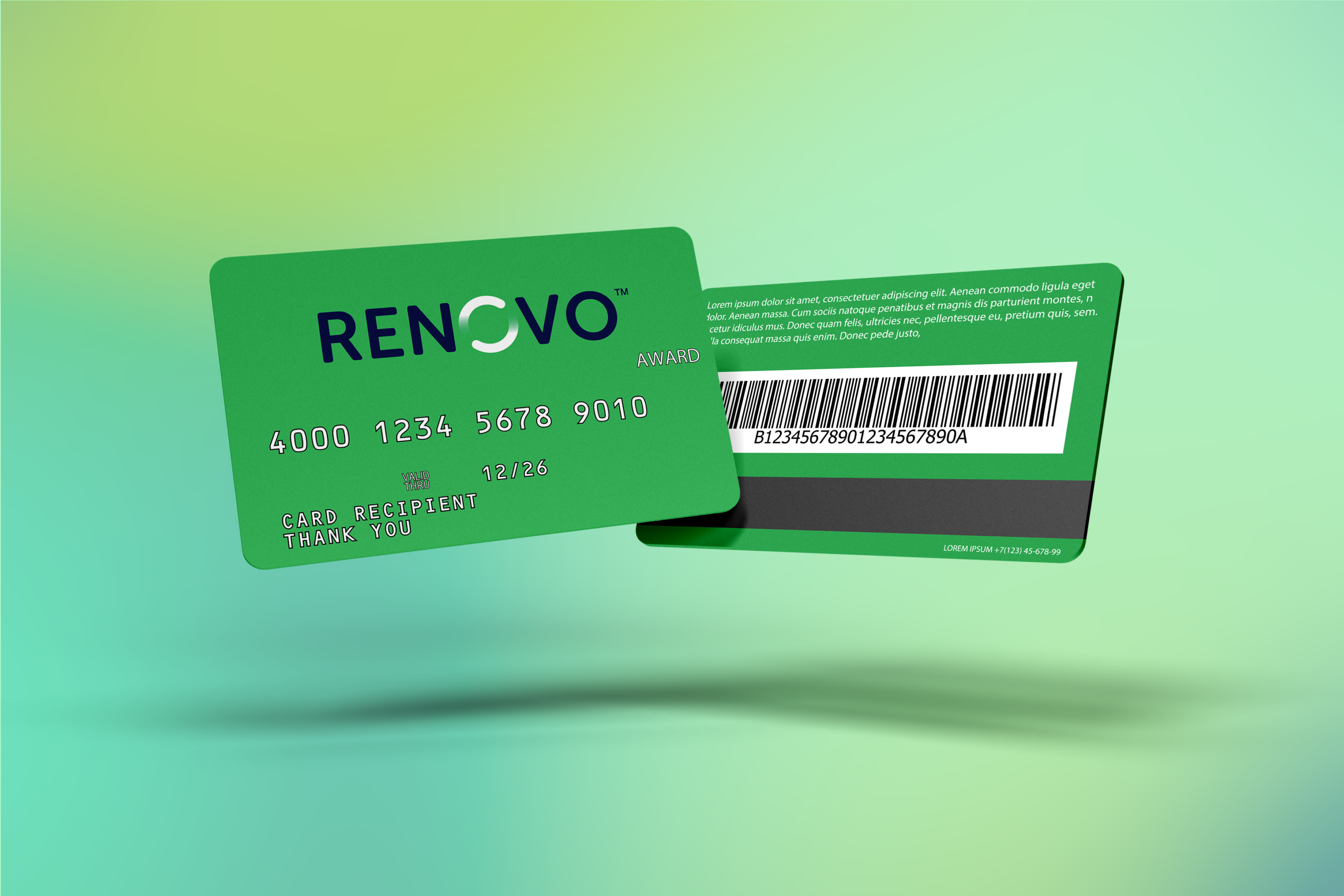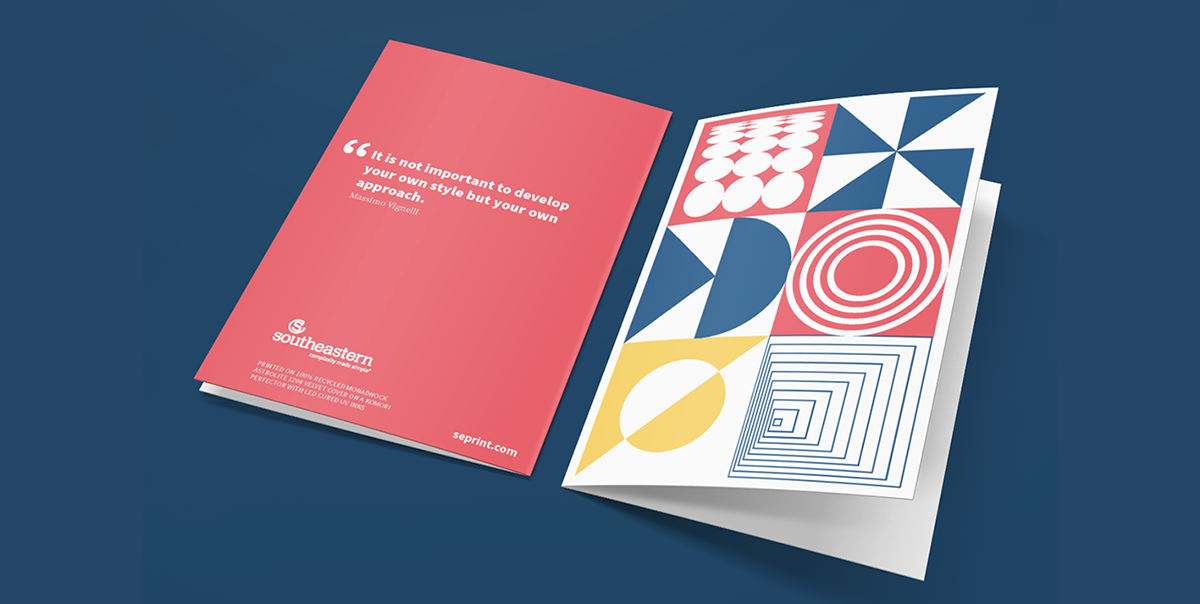Digital communications continue to rise at a steady rate, particularly among teens and adolescents. Generally speaking, these “digital natives” no longer look to print as their source for information, and instead rely on smartphones, mobile apps and social media.
This shift has caused a transformation within college admissions offices, which traditionally have relied on direct mail as their primary form of communication with prospective students and their families. Now, competition for gaining college–going teen’s attention is rising drastically, as admission officers try to keep up with the way that teens use technology and consume content.
Should admission offices be changing their ways? Not necessarily, according to the high schoolers.
There is a disconnect between the views of admission professionals and teens about the most valuable means of communication.
According to the white paper “Mythbusting Admissions,” by Gil Rogers and Michael Stoner, 30% of admission officers think social media is an effective way to reach students, but only 4% of teens agree. Furthermore, 52% of admission officers think that teens use college social media accounts as a resource after deciding to apply, when in reality, only 21% do.
Printed brochures or pamphlets remain the most effective form of outreach for getting teens to pay attention to an institution they have never heard of or have heard of but have not considered. According to Rogers and Stoner, 77% of teens said they prefer print materials from colleges during the research and application process.
Upon completion of SATs, mailboxes start to overflow with materials from institutions with hopes of eliciting an inquiry or application. When sending information via direct mail, it is critical for schools to stand out from the clutter – to differentiate the medium and the message (make it bigger, put it in a fun box, use special fold techniques or sliders, etc.).
Other forms of ‘legacy media’, such as email, are effective as well. When choosing between email and text, 65% of teens said they would rather be contacted via email. This allows for the information they receive to be searchable and retrievable after the fact.
Only 9% of teens say they would open a text from admission officers, illustrating that text messages should be reserved for personal communication.
The media landscape is shifting rapidly, with new channels emerging all the time. And while new forms of media may be useful for certain sectors or institutions, this is not translatable across the board. In the case of college admission communication to teens, print still prevails for now.
Gil Rogers & Michael Stoner’s “Mythbusting Admissions: Where Prospects and Professionals Agree, and Disagree, on Enrollment Marketing, Messages, and Channels” whitepaper is available HERE.




